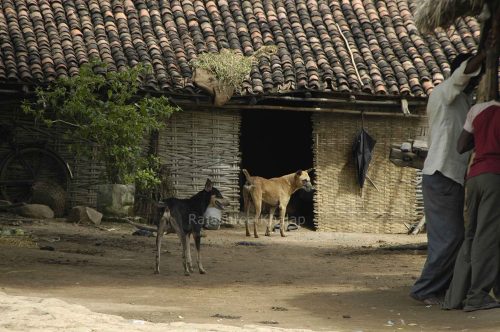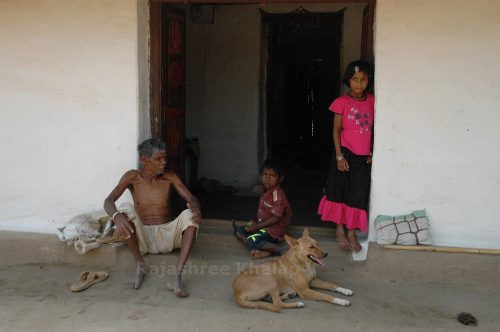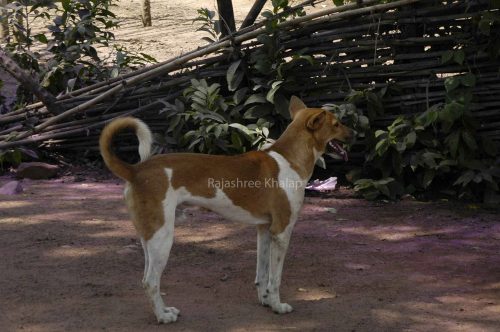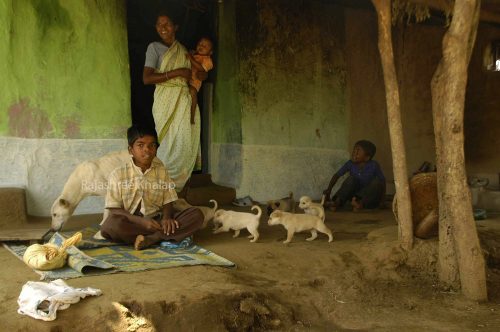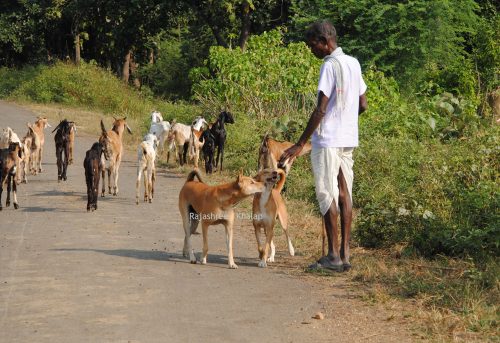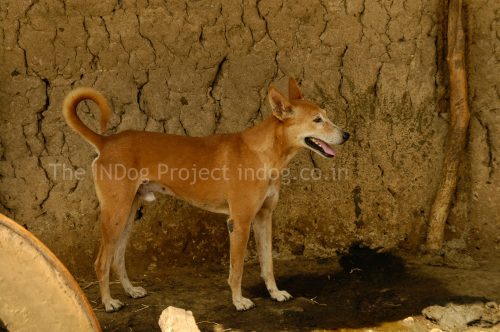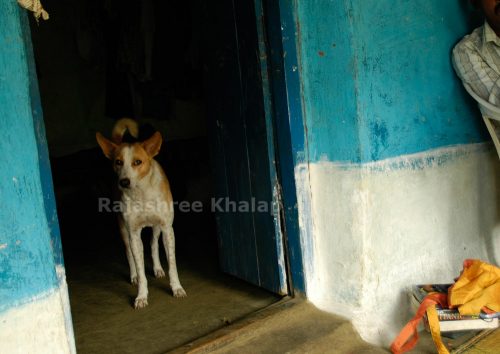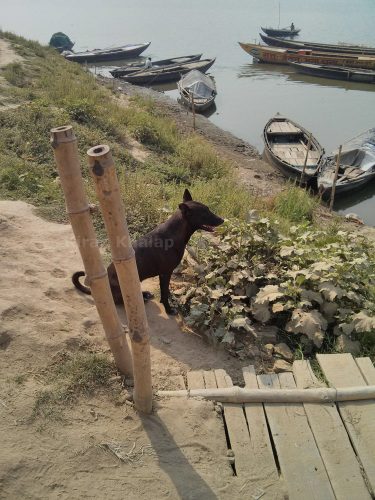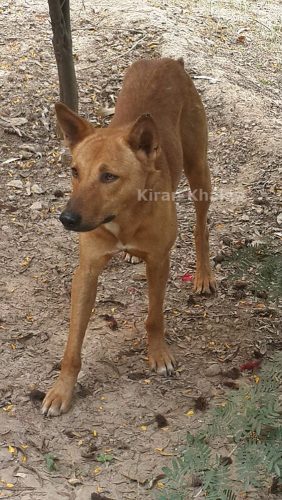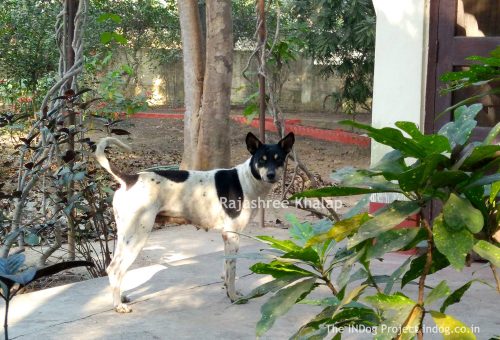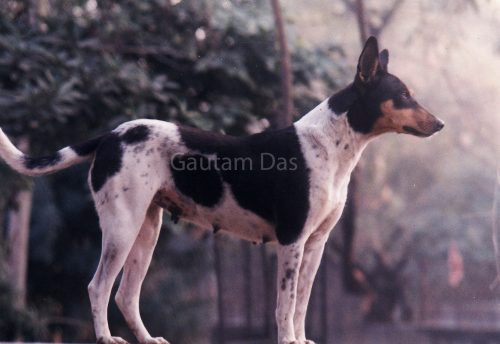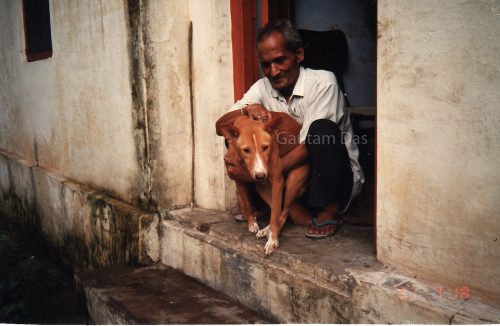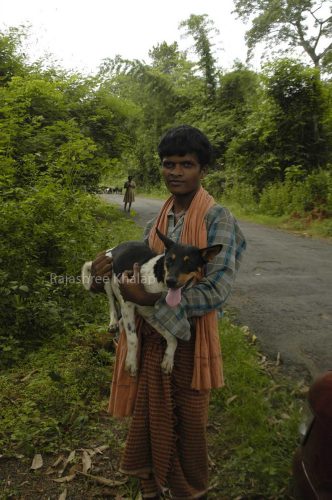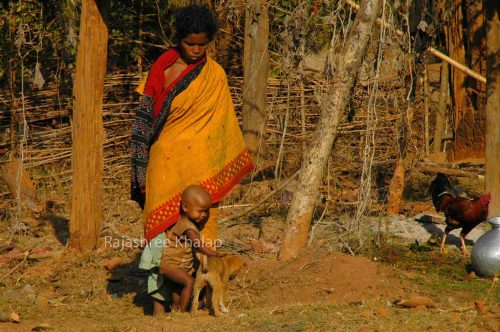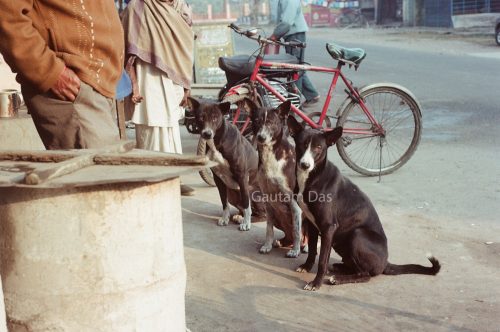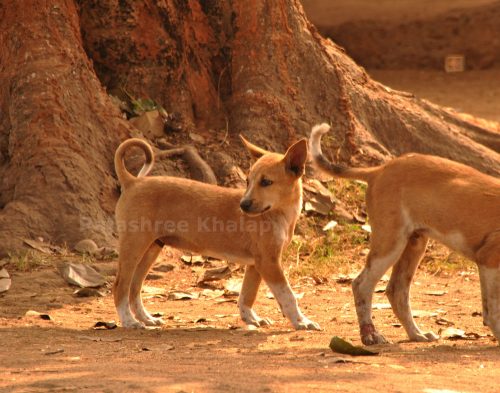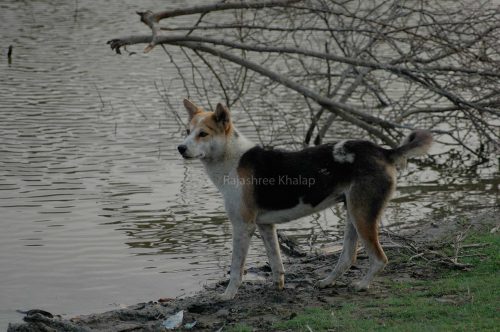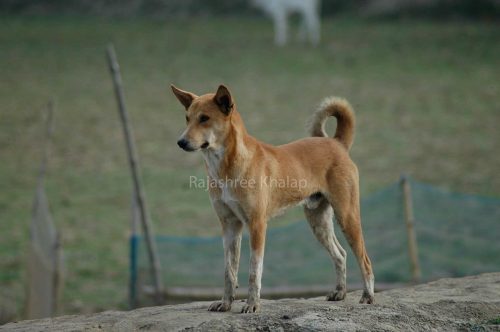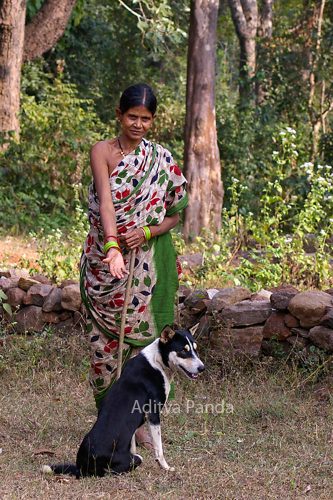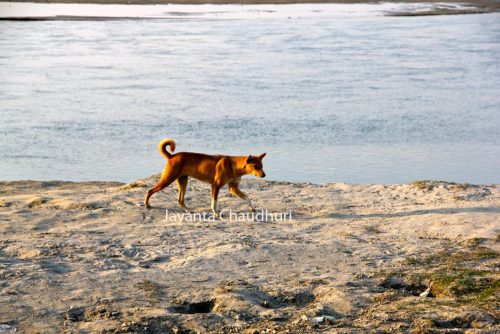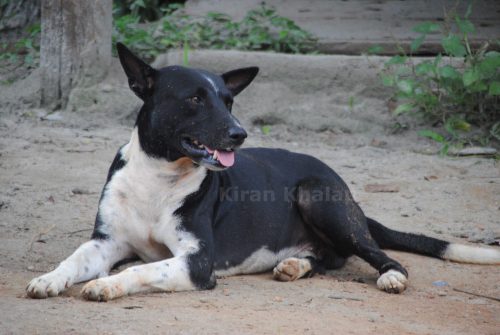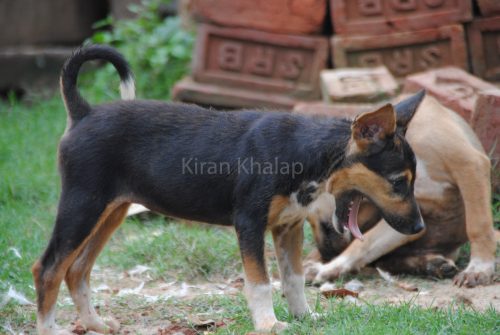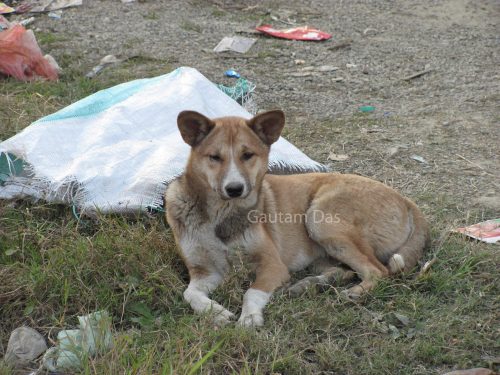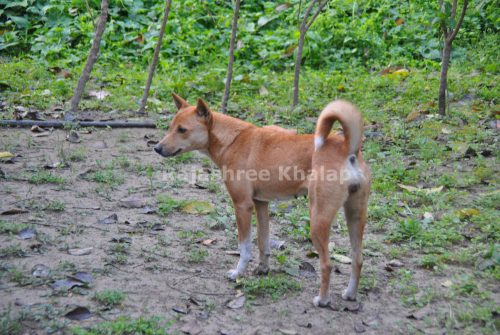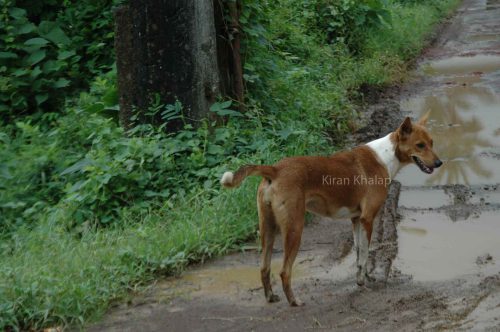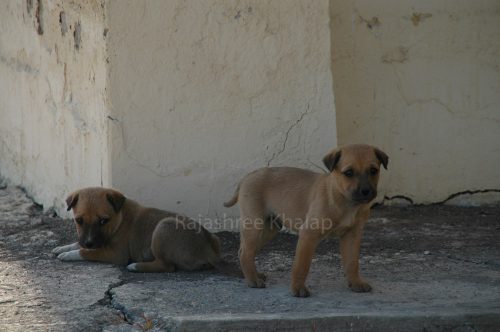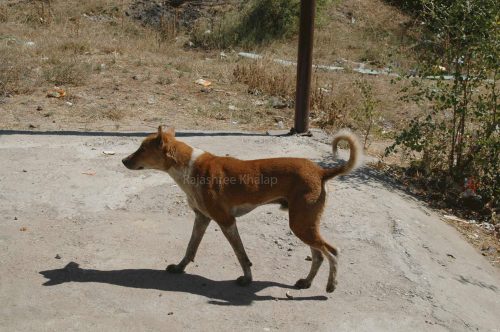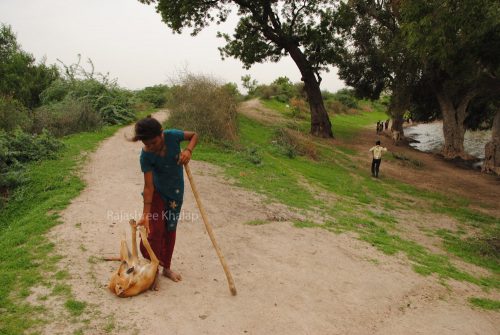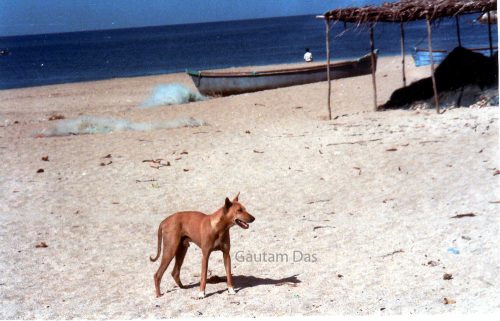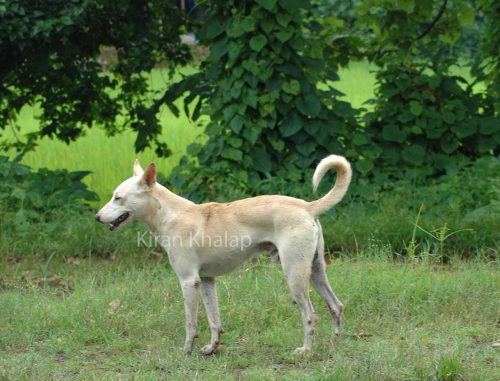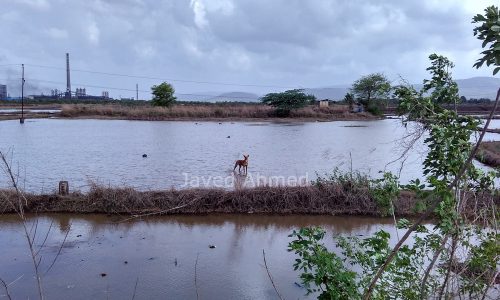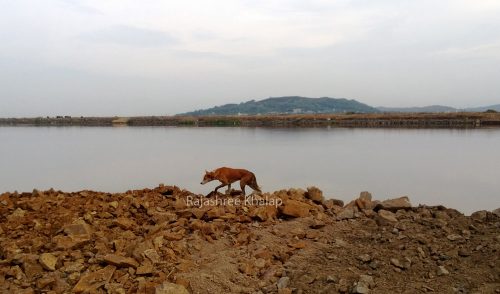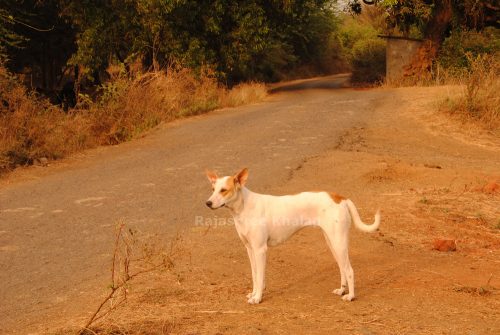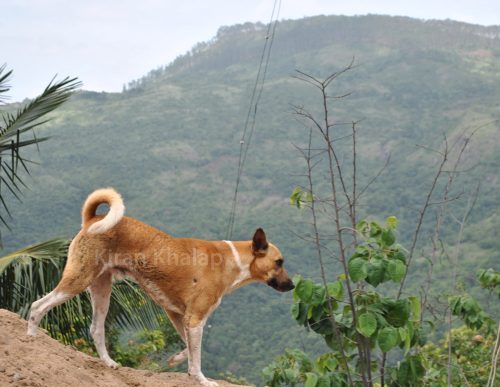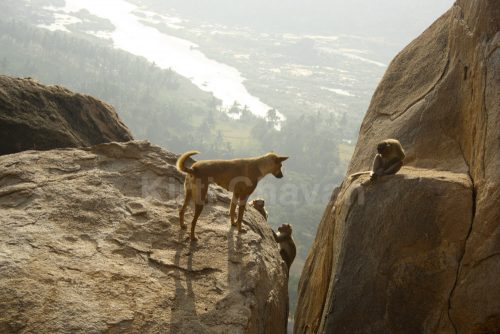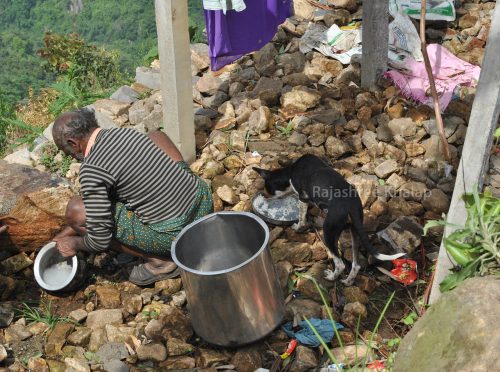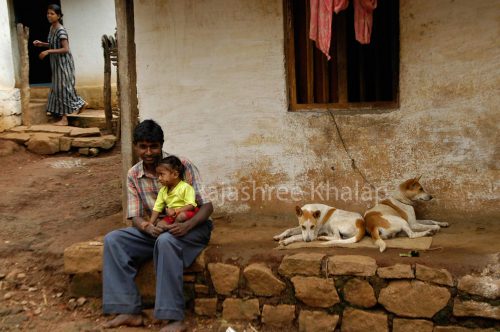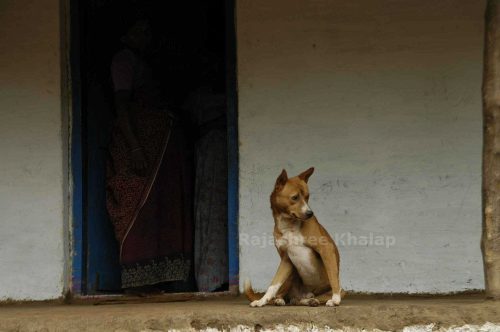All these dogs, with very few exceptions, were photographed in rural, relatively isolated areas. Many were in villages of aboriginal peoples.
All the images are the property of The INDog Project and the owners of the photographs, and are subject to copyright. Using any images without permission will result in legal action.
Central India: INDogs here are generally taller and larger than those of other regions, with some males approximately 24-25 inches in height (at the withers)
North India: The dogs shown in these photos are pure INDog-type; however North India is not uniformly an ‘INDog region’ and there are many areas in which village dog populations are admixed with other native breeds (e.g. Himalayan Sheepdog), as well as with non-native ones. In the pure INDog populations the dogs are generally larger than those of Eastern India.
Eastern India: These INDogs are generally small, with slightly smaller ears and shorter muzzles than the INDogs of Central India. Tricolour coats are more common than in the other regions. Admixture is very rare in rural areas.
North-eastern India: Small, compact INDogs with shorter muzzles, making the skull appear broader. INDogs are found only in the plains. In the mountainous regions the village dogs are admixed with Himalayan breeds.
Western India: The dogs in these photos are from areas with pure INDog populations. However this area as a whole is not an ‘INDog region.’ Many village dogs here are admixed with sighthound breeds and there are few pure-looking INDog populations.
South-western India: The coastal part of this area is an ‘INDog region’, and all these dogs were photographed there. INDogs here are often muscular and relatively deep-chested, though not tall. The back of the neck may be arched. The ‘INDog region’ ends as one travels inland to the Western Ghats mountain range and the Deccan Plateau. The village dogs inland are admixed with local sighthounds and sheepdogs, and INDogs are rare.
South India:

